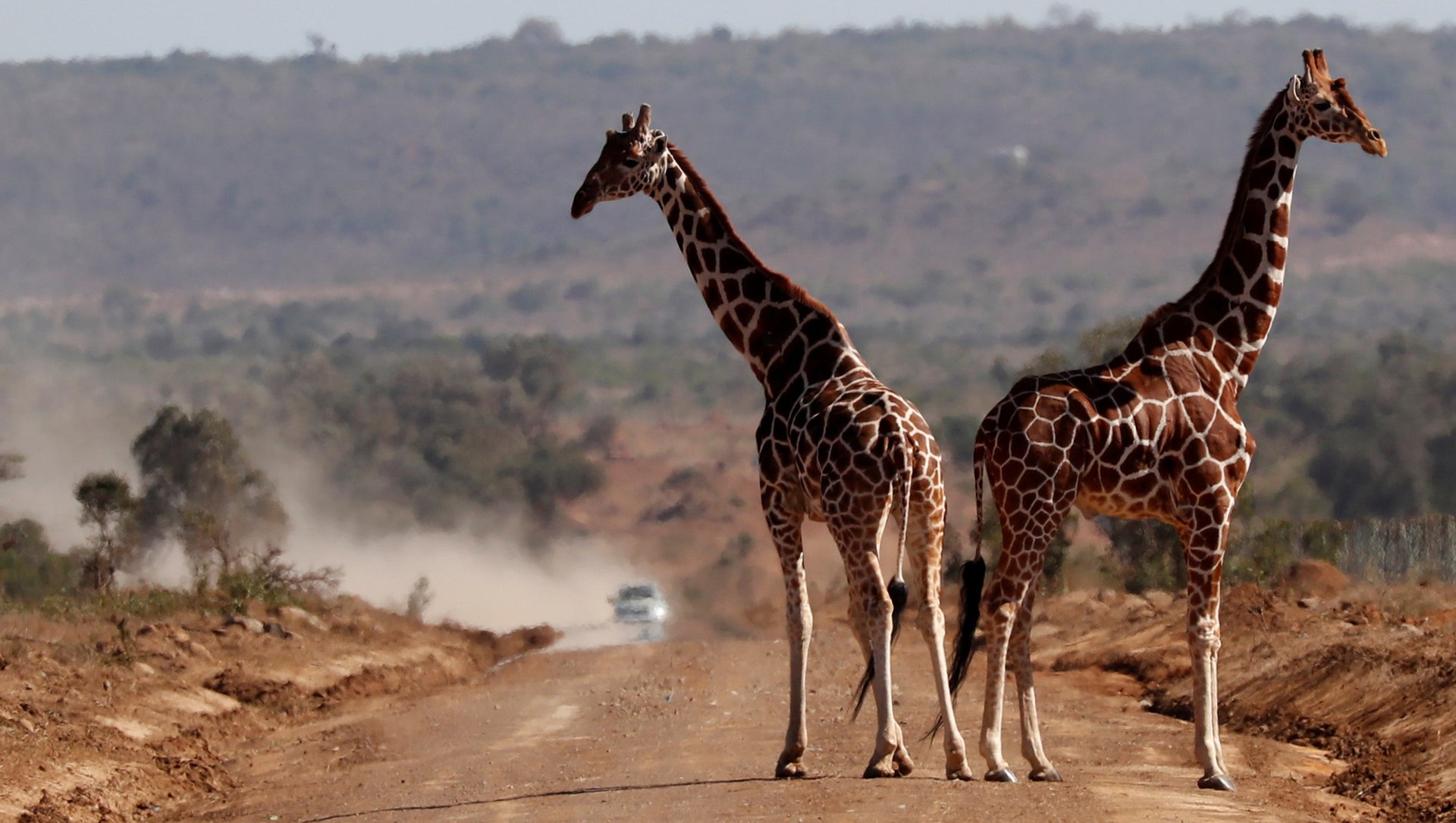Building a road can set off rapid evolutionary changes in animals
Roads are like borders for animals. And where there are borders, there are tensions.


Roads are like borders for animals. And where there are borders, there are tensions.
A new study has found that roads cause rapid evolutionary changes in the animals living in the vicinity. Some of these changes can help adapt to new conditions. Others cause cause harm, often leading to early death.
“We have long known that slicing and dicing our planet with roads presents many challenges for plants and animals, but we are only now beginning to appreciate that those same challenges can drive evolutionary change over just a few generations,” said Steven Brady, a biologist at Dartmouth College and lead author of the study.
Red fescue grass (Festuca rubra) have evolved to deal with increased lead pollution of vehicle traffic. Cliff swallows (Petrochelidon pyrrhonota) have evolved shorter wings, enabling them to better takeoff vertically and likely avoid oncoming traffic.
But such adaptive evolutionary changes can occur along side maladaptive changes in others species in the same neighborhood. Take the example of the spotted salamander (Ambystoma maculatum) and wood frog (Rana sylvatica). The salamanders have adjusted to the pollution and salt run-offs from roads, and their road-side populations are comparable to the wild type. The frogs, however, have suffered. Their road-side populations are, on average, a third smaller than those living far away from roads.
Brady found that the ecological impact of roads is not studied as widely as, say, that of agriculture. With the distance covered by roads set to increase globally by 60% in the next 30 years, more research seems warranted.